A list of indigenous milk products are explained below:
Kheer: Kheer, also known as Basundi, is an Indian dessert prepared by the partial dehydration of whole milk in a karahi (a shallow, open, round bottomed pan, fitted with two loop handles) over a direct fire together with sugar and rice or occasionally semolina.
Khoa/Mawa: Khoa or mawa refers to the partially dehydrated whole milk product prepared by the continuous heating of milk in a karahi over a direct fire, while also constantly stirring–cum-scraping by using a ladle till it reaches a semi-solid consistency. According to PFA Rules (1976), khoa is the product obtained from cow or buffalo milk, or a combination undergoing rapid drying. The milk fat content should not be less than20 per cent of the finished product.
Rabri: This is an especially prepared concentrated and sweetened whole milk product, containing a number of layers of clotted cream. While the milk is slowly evaporated (without being stirred) at simmering temperature in a karahi over an open fire, the thin cream layers formed on the surface of milk are continuously broken up and moved to the cooler part of the karahi. When the volume of milk has been considerably reduced, sugar is added to it; then layers of clotted cream are immersed in the mixture and the finished product obtained by heating the whole mass for another short period. Rabri is quite popular in the northern and eastern regions of the country.
Kulfi: Kulfi is an indigenous ice-cream frozen in small containers. For its preparation, milk is sweetened while being boiled with the addition of sugar and the product is concentrated to approximately 2:1. When the concentrate has been cooled malai (indigenous cream, formed on the surface of milk after boiling, cooling and left undisturbed), crushed nuts and flavor (commonly rose or vanilla) are added. The mix is then placed in conical or cylindrical moulds of different capacities made of galvanized iron sheets. The moulds are closed on the top by placing a small disc over them and edges made air tight by applying wheat-dough. Modern moulds are made up of plastics generally conical in shape with a screw cap on the top. The mix-in-moulds is frozen in a large earthen vessel containing a mixture of ice and salt in the ratio of 1:1.
Dahi: Indian curd or dahi is a well known fermented milk product consumed in a large scale throughout the country. According to PFA Rules (1976), dahi or curd is the product obtained from pasteurized or boiled milk by souring it by a harmless lactic acid or other bacterial culture.
Srikhand: It is a semi-solid, sweetish-sour, whole milk product prepared from lactic fermented curd. The curd (dahi) is partially strained through a cloth to remove the whey and thus produce a solid mass called chakka (a basic ingredient for srikhand). This chakka is mixed with the required amount of sugar to yield srikhand. The srikhand is further dessicated over an open pan to make the srikhand wadi sweet.
Channa: Channa, also known as paneer in certain regions of the country often used along with khoa for the preparation of indigenous sweetmeats (called Indian Mithai). According to the PFA Rules (1976), channa or paneer is the product obtained from cow or buffalo milk or a combination thereof by precipitation with acid like, lactic acid or citric acid. It should contain more than 70 per cent moisture and the milk fat content should not be less than 50.0 per cent of the dry matter.
Makkhan: Makkhan refers to the desi butter normally obtained by churning whole milk curd (dahi) with crude indigenous devices. According to the PFA Rules (1976), desi butter refers to the product obtained from cow or buffalo milk or a combination thereof without the addition of any preservative, including common salt, any other coloring matter or any added flavoring agent. It should be free from other animal fats, wax and vegetable oils. It should contain not less than 76.0 per cent of milk fat by weight. The chemical composition of makkhan is variable and depends on the method of manufacture.
Ghee: Ghee is the richest source of milk fat of all Indian dairy products. It may be defined as clarified butter fat prepared chiefly from cow or buffalo milk. According to the PFA Rules (1976), ghee is the pure clarified fat derived solely from milk or from desi cooking butter or from cream to which no coloring matter is added.
Ghee residue: Ghee residue refers to the charred (burnt) light to dark brown residue which is obtained on the strainer after the ghee is filtered. It is a by-product of the ghee industry. Ghee residue is a rich source of milk fat, proteins and minerals. Essentially it contains heat-denatured milk-proteins, caramelized lactose and varying amounts of entrapped fat, besides some minerals and water. Its color normally varies from light-brown to deep-chocolate brown. The color of the residue is chiefly influenced by the temperature-time combination. The higher the intensity of heat treatment, darker will be the color of residue and vice-versa.
Lassi: Lassi, also called chhas or matha, refers to buttermilk, which is the by-product obtained by churning of curdled whole milk for the production of makkhan or butter. Lassi contains appreciable amounts of milk proteins and phospholipids and is an excellent beverage for quenching thirst. It is widely served as a beverage in summers usually with the addition of ice, sugar or salt and often with or without additional flavours.
We regularly publish informative videos on various “Food, Agriculture, Gardening and Horticulture” topics. You may view these videos here…
You may also check out our Digital Publishing Services for Food, Agriculture, Gardening and Horticulture Sector by visiting this link


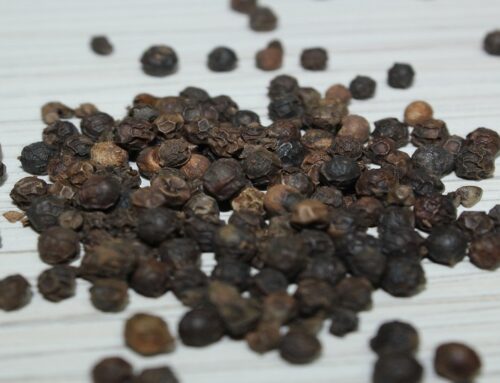
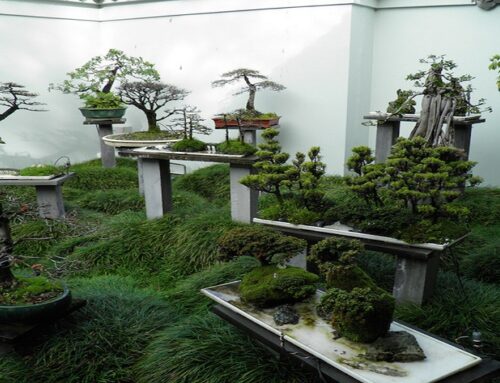
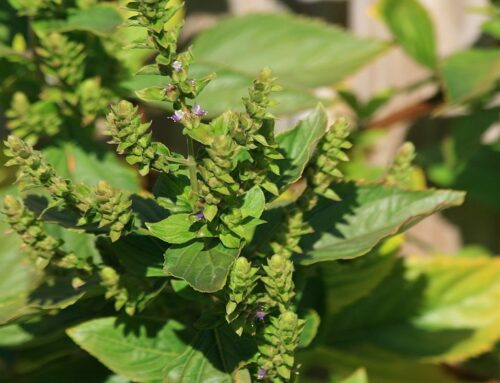
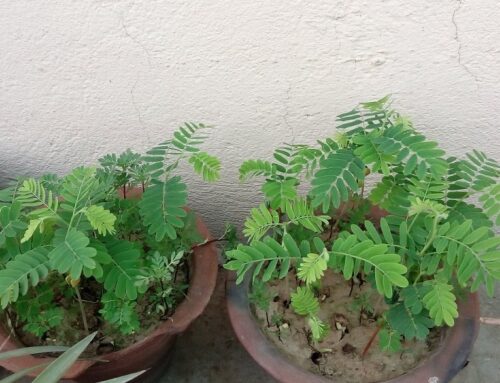
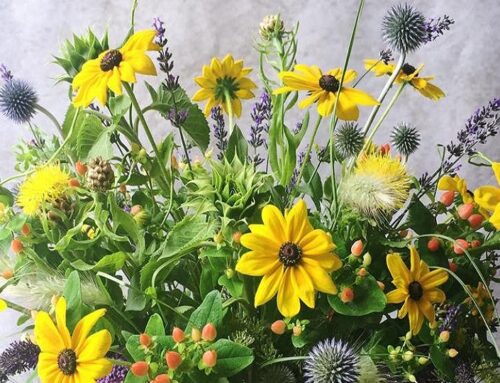
Leave A Comment
You must be logged in to post a comment.